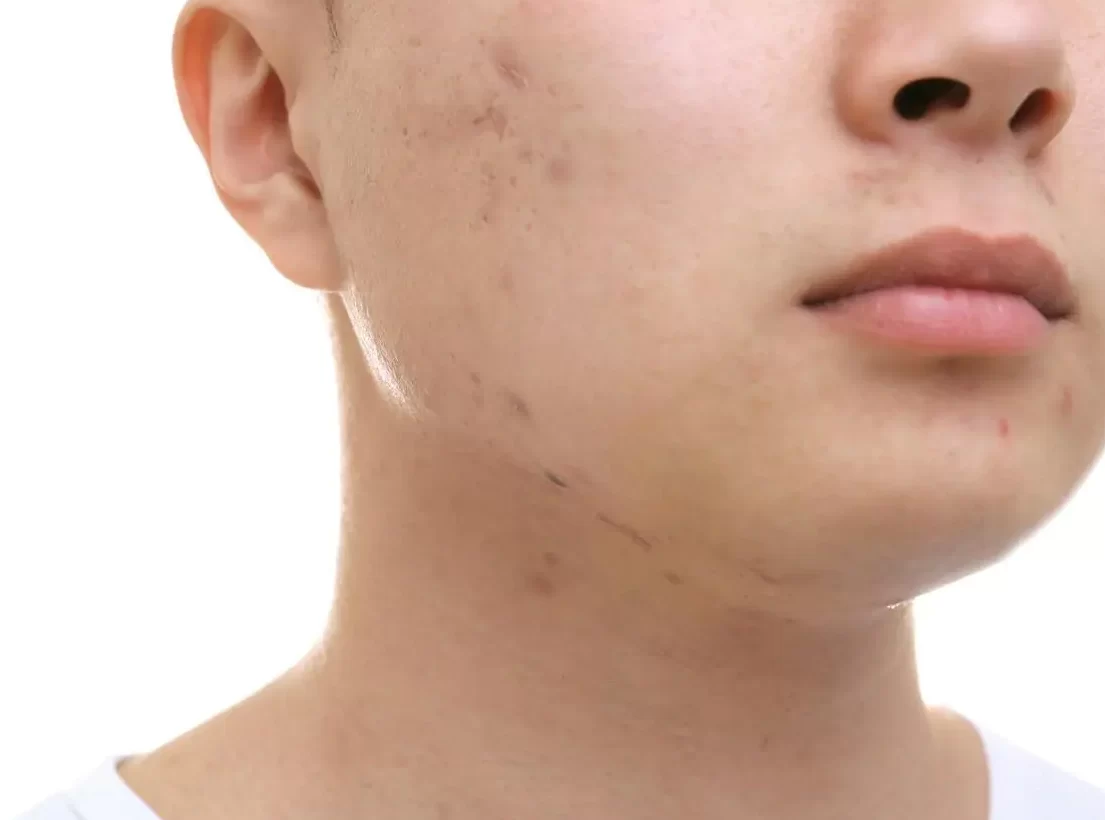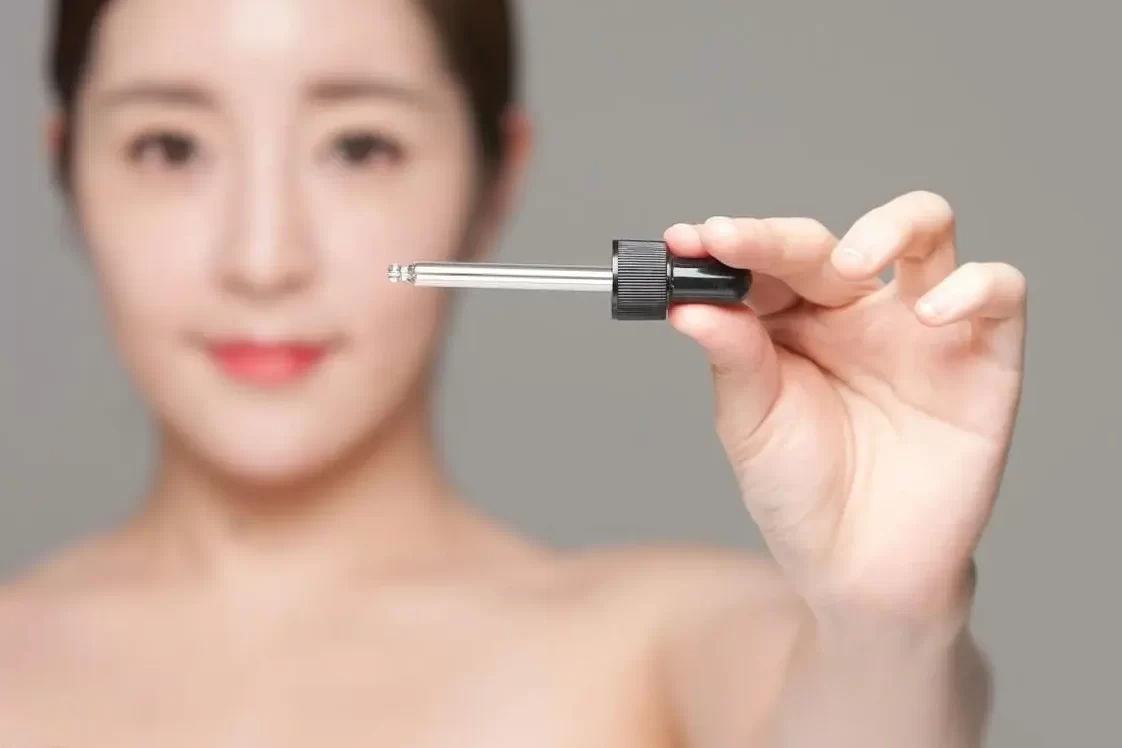1.What are the symptoms of a damaged skin barrier?
A. Oil outside and dry inside
The damaged barrier leads to the inability of the skin to maintain moisture, the epidermis is dry and tight, and the makeup is not compliant. Due to the weak or missing stratum corneum, these sebum cannot infiltrate the stratum corneum and emulsify with sweat to form a sebum film.Damaged skin barrier is prone to a vicious cycle
B. Sensitive skin
As the front line of skin self-defense, the skin barrier plays a role in protecting against external stimuli. When the barrier is weak, the two-way permeability of the skin will increase hundreds of times, and any slight stimulation will cause skin discomfort. Even skin care products that are normally used may cause skin discomfort.

C. Large and clogged pores
When the skin is unable to maintain moisture, the sebaceous glands work harder to secrete sebum in an attempt to maintain moisture. However, sebum is a waxy substance. After the sebum is discharged to the opening of the pores, it needs to infiltrate the stratum corneum to transmit and diffuse. When the stratum corneum is fragile and missing, the sebum cannot be transmitted to cover the skin, and can only be blocked at the opening of the pores to form corner plugs. Because the sebaceous glands continue to secrete sebum, the junction is blocked again, and the channel can only be expanded, so the pores become larger.

D. Melaninosis
After the skin has lost its barrier protection, any slight irritation can trigger inflammation, which can lead to post-inflammatory hyperpigmentation, which can lead to uneven skin tone and problems such as blemishes.
E. Accelerated aging
A damaged skin barrier makes the skin more susceptible to photoaging, oxidation and glycation, thereby accelerating the aging process.
F. Skin care products are not easily absorbed
Except for a small part of the products that can be directly absorbed through the sweat glands or sebaceous glands, part of the products penetrate through the stratum corneum and intercellular lipids, and the rest of the products will be stuck in the stratum corneum to play their role. The effect of transmission penetration is closely related to the degree of hydration of keratinocytes and the distribution of intercellular lipids. Damage to the skin barrier must be accompanied by dryness and fragility of the stratum corneum and loss of intercellular lipids. In this case, the product cannot effectively transmit and penetrate, and there is not enough space for the product to stay, and the skin care product can only float on the skin surface.
G. Facial redness
Without the protection of the skin barrier, the skin is extremely sensitive to external stimuli, and any small stimuli may cause skin congestion, cause blood stasis, and cause facial telangiectasia to expand and proliferate.

H. Skin disorders
Long-term severe damage to the skin barrier may lead to skin diseases such as atopic dermatitis, eczema, acne, rosacea, seborrheic dermatitis, and skin diseases will aggravate the breakdown of the barrier, thus entering a vicious cycle.
2. How to properly repair the barrier
- Avoid wrong skin care: get rid of bad habits Frequent replacement of skin care products or in the case of skin intolerance, like wet compress, deep cleaning, hot water face wash, exfoliation, fruit acid peeling and other wrong methods should be eliminated.
- Correct skin care: hydration and moisturizing Moisturizing: Problems in the stratum corneum can lead to dryness or even cracking. Infiltrating the stratum corneum can help relieve it. You can choose mild hydrating products or accessories of mechanical size, which are the basic steps.

Moisturizing: The skin itself has a strong self-healing ability, but it needs to be given a suitable environment. When the barrier is damaged, the skin will be very dry. It does not exist in a humid environment, which is not conducive to repair. Therefore, strengthening moisturizing during repair can Choose products with high moisturizing properties.
- Active barrier repair: squalane oil, biomimetic sebum formula, growth factors, panthenol can choose to use exogenous products with barrier repair ability to help speed up the repair process, such as: ceramides, cholesterol, fatty acids, squalane All of these can accelerate the synthesis of substances needed for intercellular lipids.
Read more tips about health and beauty http://www.growmorehealth.com
